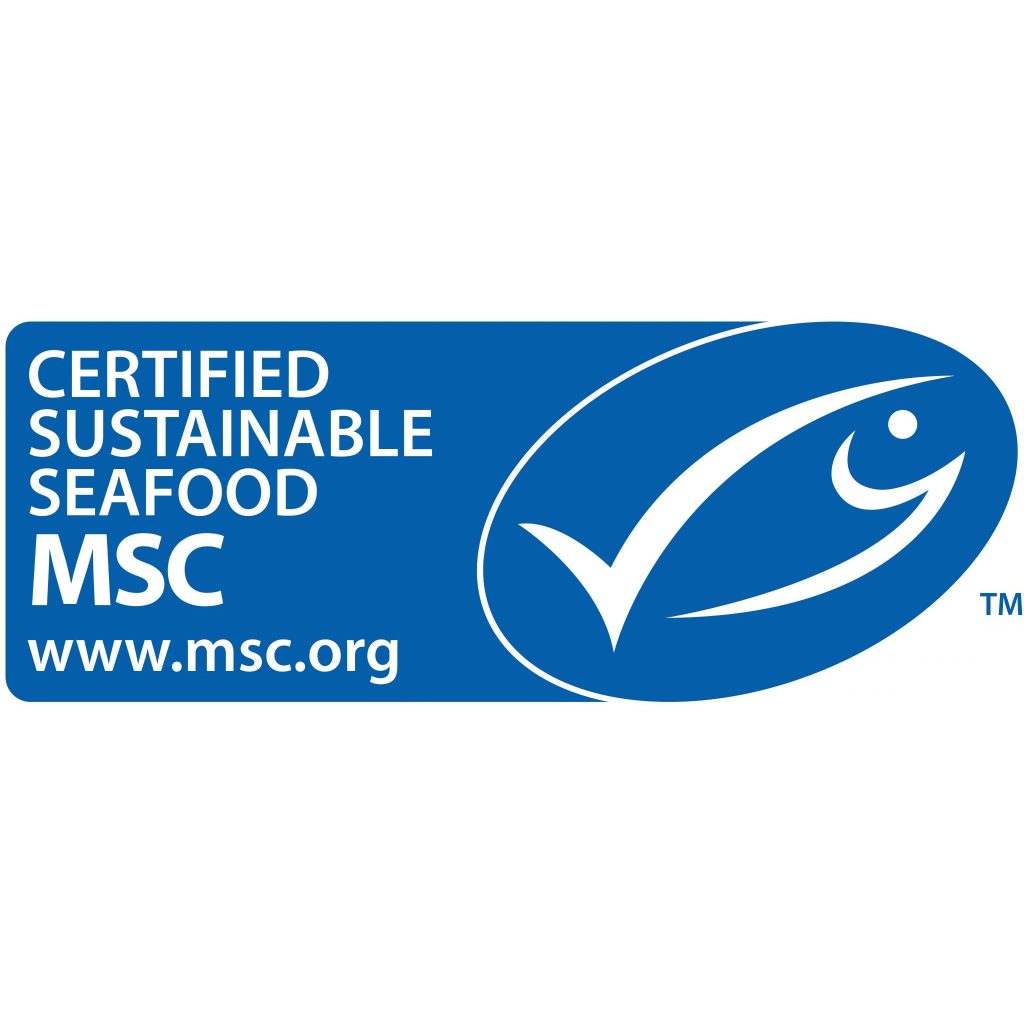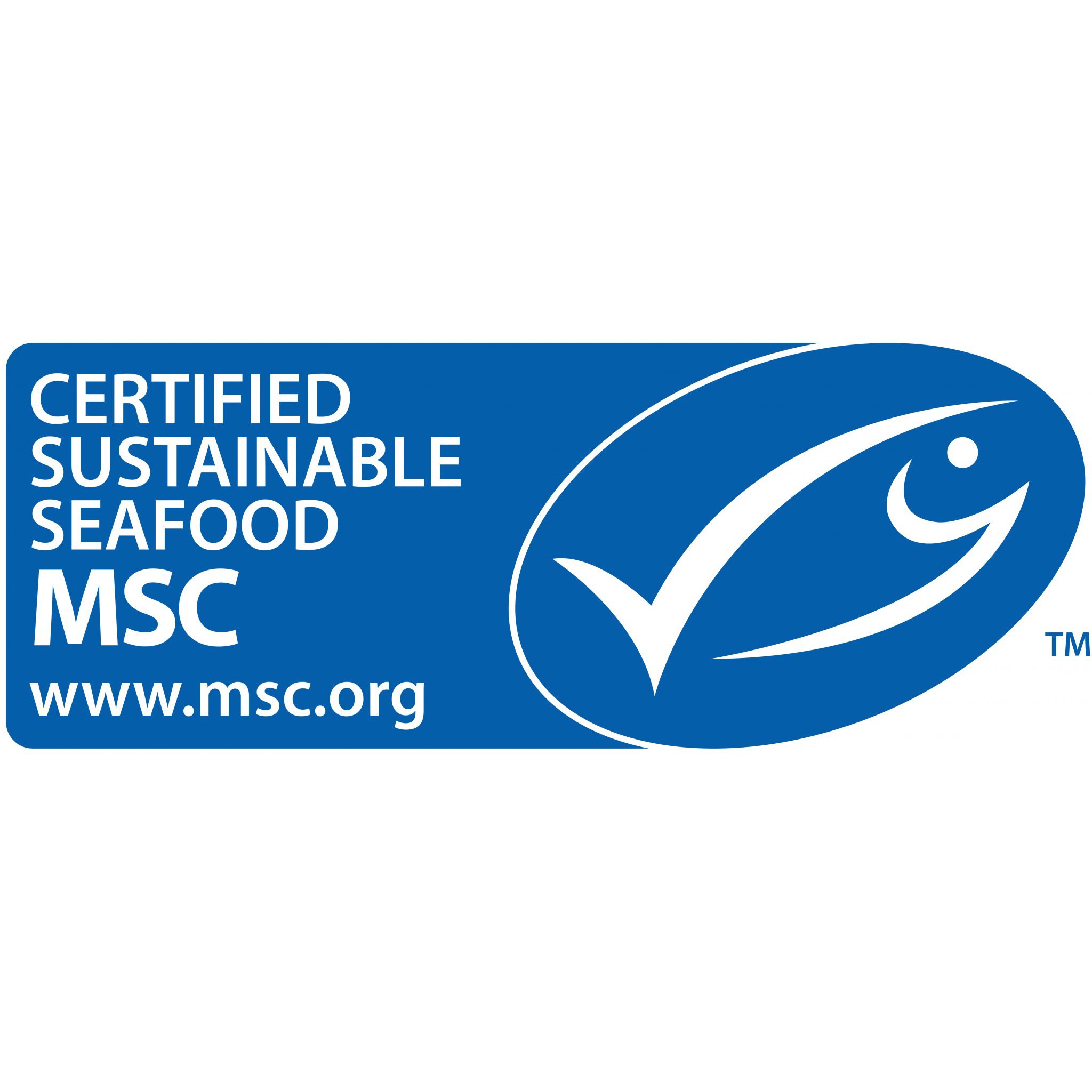Here are what the Marine Stewardship Council’s new requirements for sharks caught in certified sustainable fisheries mean.

Sharks and their relatives are some of the most threatened vertebrates on Earth, and the number one threat by far is unsustainable overfishing practices. The Marine Stewardship Council, the non-profit that runs the world’s largest sustainable seafood certification standard, has received criticism for not being strict enough on shark conservation rules in the past.
As part of their recent Fisheries Standard Review, MSC just made big changes to their standards for sharks caught as bycatch on fishing vessels that supply MSC-certified sustainable seafood. These will be required starting February 1, 2026. MSC team members wrote up their process and results in a new article in Marine Policy, and I spoke to them about it. Responses are lightly edited for brevity and clarity.
What is the Marine Stewardship Council, and what is the MSC Fisheries Standard?
Dr. Adrian Gutteridge (AG), Senior Fisheries Standards Manager, MSC: The Marine Stewardship Council (MSC) is an international non-profit on a mission to end overfishing and restore fish stocks for future generations. Fisheries enter the MSC program voluntarily and essentially have their fishery put up against a set of criteria in the MSC Fisheries Standard. If the fishery meets these MSC criteria, as determined by a third-party assessment team (i.e., not by the MSC), they are certified to use the MSC ‘blue fish tick’ ecolabel on the seafood they sell. The MSC program therefore aims to recognise and reward fisheries doing the right thing and allows consumers to know that they are buying from a sustainable fishery.
What happened with the recent Fisheries Standard Review? Why does MSC do this, how and how often? How does it work?
AG: Every five years, the MSC undertakes a Fisheries Standard Review (FSR). The FSR is undertaken for several reasons. First, the standard follows a series of global guidelines, and to maintain compliance, the Standard undertakes a periodic review. Second, global fisheries management is not static and best practice changes over time. By conducting the FSR, the MSC keeps pace with best practice which maintains the relevance of the Standard on a global context. The FSR is heavily reliant on stakeholder input which includes gaining the perspectives from stakeholders on various options developed for each issue under review. Stakeholders were encouraged to participate in the FSR through a variety of means, including public consultations and workshops. For the entire FSR there were around 600 responses provided to public consultations across all the projects.
What can be done about shark finning at a policy level?
AG: Many national fishing jurisdictions and Regional Fisheries Management Organizations (RFMOs) have banned shark finning. However, these bans on their own are widely considered to be inadequate. To best address the problem, improving monitoring, control and surveillance (MCS) of fishing fleets needs to also occur. One of the mechanisms to do this is through a fins naturally attached (FNA) measure. Under FNA, sharks have to be landed with their fins attached. This makes compliance easier to monitor and enforce, allows the species to be easily identified which can lead to more accurate assessments of mortality resulting in more effective management, and incentivises full utilisation of the animal. The adoption of FNA globally is encouraging. Our paper looked at the adoption of finning bans and FNA for 15 shark-relevant Regional Fisheries Management Organisations (RFMOs) and the 43 national fishing entities that catch – or are suspected to catch – the most sharks globally. For the RFMOs, 9 of these have banned finning and 5 of these 9 have implemented an FNA measure. For the 43 nations, 20 of these have banned finning and 18 of these 20 have adopted FNA.
Amie Bräutigam, Independent Consultant and Coauthor (AB): The global review of shark finning measures that I conducted for the MSC documented that less than 50% of those 43 national fishing entities reviewed could be confirmed to have adopted a shark finning ban, while only 60% of the 15 RFMOs had adopted a shark finning ban. There is clearly a lot more work to be done to expand the application of this basic shark fisheries management measure. Along similar lines, my research documented that very few RFMOs and fewer than 25% of national fishing entities have specified the “shark” species to which the finning ban applies, or to which exemptions apply. Are sharks all the 1,300 or so species of Chondrichthyes, as defined by FAO, or only those species named as sharks? Do exemptions for the “pectoral fins of rays,” as per the EU finning ban, allow for finning of guitarfishes and wedgefishes that are not “true” sharks but are highly sought-after for their fins and are one of the most endangered groups of sharks globally? Lack of clarity on the shark species to which finning bans and FNA apply would seem to render these measures unimplementable. Finally, it cannot be over-stated that shark finning bans and associated compliance rules such as FNA are only one – and a minor – component of the fisheries management “toolbox” for sharks. Overfishing – and the lack of fisheries management regulations to stop it – is the single largest extinction pressure on sharks and rays. RFMOs and national fishing entities must vastly improve their management of shark fisheries to stem the decline of these vulnerable fishes.
Some MSC certified tuna fisheries got into trouble a few years ago because shark finning had been documented on board. How would you respond to someone skeptical of MSC because of stories like these?
AG: Shark finning has not been permitted in MSC fisheries since the Board decision in 2012 led to the first requirements that were implemented into an earlier version of the Fisheries Standard in 2013. In the previous requirements, as with the revised requirements, if shark finning is identified in an MSC fishery, that fishery must remove the offending vessels from its certificate for two years, otherwise the entire fishery is suspended. The fisheries that identified low numbers of shark finning in the previous few years removed the offending vessels and maintained their certification. Fisheries management is a very complex and diverse activity. My suggestion is for people to look behind the headline. In most cases, if not all, the reality is a lot more nuanced than the headline conveys and looking to be informed is the best way to build a robust opinion about the topic. MSC assessments are all publicly available at LINK and the MSC encourages stakeholder participation. This makes the certification process incredibly transparent, which I think is one of the main strengths of the MSC program. Otherwise, we’re always happy to receive queries from the public through our inbox fisheries@msc.org which we aim to reply as soon as we can.
Please describe some of the new shark policies in the revised Fisheries Standard.
AG: Shark finning was one of 16 projects that were investigated for revision in this most recent FSR, which occurred from 2019 to 2022. The revised requirements state that for any shark that is retained, the MSC fishery must have an FNA policy in place that is enforced. This is a big change as we used to allow other measures such as fins to carcass ratios (FCR, fins can be landed separately from shark carcasses as long as the weight of those fins is not above a certain ratio of the weight of carcasses). A non-retention policy is also acceptable in the revised requirements, provided it is also in place and enforced. To demonstrate these policies are in place and enforced, a fishery needs to show they have appropriate Monitoring, Control, and Surveillance (MCS), that could include observer coverage and at-port inspections. Shark finning is now also explicitly scored in the area of the Standard that assesses endangered, threatened and protected (ETP) species. This mitigates the risk of shark finning going undetected, particularly concerning ETP shark species which are at higher risk of exploitation. Lastly, the revised requirements now include a default definition for the species that need to be assessed for shark finning, and it includes wedgefishes and guitarfishes- based on a study of fins in Hong Kong, a global shark fin trade hotspot, the MSC default definition covers 95% of the species and 99% of the volume of fins in the shark fin trade.
AB: These two adjustments to the MSC Standard – requirements that fisheries applying for MSC certification be governed by rules requiring FNA and that those rules apply to a specified group of species that includes an endangered group of batoid “sharks” – have the potential to drive much-needed improvements in shark fisheries management. This new bar is quite high and creates an incentive for fisheries seeking MSC certification to work with management bodies to adopt these additional MSC rules and thereby improve the effectiveness of shark finning bans. I also think it is essential for people to understand the difference between shark “finning” – the removal of the fins and discard of the rest of the animal at sea – and shark “fins.” There has been an unfortunate conflation of the two, which, in my view, has led to some misguided policy measures. As we note in our paper, shark fins do not always derive from a shark that has been “finned;” they may derive from animals that have been processed consistent with the principles and guidelines set forth in the FAO Code of Conduct for Responsible Fisheries. The legal gaps we have identified on shark finning bans and FNA should be rectified, but stemming the decline and endangerment of sharks urgently requires major advances in shark fisheries management at all levels.
You can learn more about the MSC Fisheries Standard Review here
Author’s Note: I worked for the Marine Stewardship Council as a staff fisheries scientist from 2020-2022, but was not invovled in the Fisheries Standard Review or new shark policies. Additionally, this post was edited to reflect that the new changes come into effect in 2026, not immediately.
